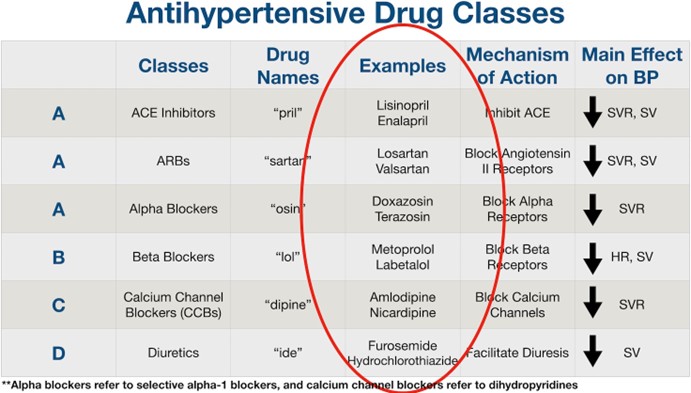The practical nurse (PN) reviews the history of an older adult who is newly admitted to a long-term care facility. Which factor in the resident's history should the PN consider the most likely to increase the client's risk for falls?
Ankle ulcer that is healing slowly.
History of alcohol abuse and cigarete smoking.
Recent weight gain of twenty pounds.
Newly prescribed antihypertensive medication.
The Correct Answer is D
This is the factor that the PN should consider the most likely to increase the client's risk for falls because it can cause orthostatic hypotension, dizziness, or fainting, especially when the client changes position or gets up from bed or a chair. The PN should monitor the client's blood pressure and pulse before and after administering the medication and assist the client with ambulation and transfers.

A. An ankle ulcer that is healing slowly is not a major risk factor for falls and may not affect the client's mobility or balance.
B. History of alcohol abuse and cigarette smoking is not a major risk factor for falls unless the client is currently intoxicated or has a chronic lung disease that impairs oxygenation or cognition.
C. Recent weight gain of twenty pounds is not a major risk factor for falls unless it causes joint pain, edema, or difficulty moving.
Nursing Test Bank
Naxlex Comprehensive Predictor Exams
Related Questions
Correct Answer is C
Explanation
The correct answer is choice C. Coffee-ground secretions draining via nasogastric tube suction.
Choice A rationale:
Oral ice chips eaten 30 minutes after vomiting postoperatively could be considered normal in some cases. However, this finding may not require immediate reporting to the RN unless
other concerning symptoms are present. Choice B rationale:
The inability to void 4 hours after discontinuing an indwelling catheter is not an immediate concern. It's not uncommon for some clients to experience difficulty urinating initially after catheter removal. The client should be closely monitored, and the RN should be informed if the situation persists or worsens.
Choice C rationale:
This is the correct answer because coffee-ground secretions draining via nasogastric tube suction can indicate bleeding in the gastrointestinal tract, potentially from the stomach or esophagus. This finding requires immediate attention as it could be a sign of a serious condition and may require urgent intervention.
Choice D rationale:
Ineffective pain management reported while using morphine PCA is a concern but may not be as critical as the coffee-ground secretions. The PN should still report this finding to the RN for appropriate assessment and possible adjustment of pain management, but it may not warrant immediate reporting.
Correct Answer is D
Explanation
This is the best action that describes the responsibility of the PN because it ensures that the client has given informed consent for the invasive examination and that the consent form is valid and documented. The PN should verify that the provider has explained the examination, its risks and benefits, and alternative options to the client and that the client has agreed to proceed.
Whether you are a student looking to ace your exams or a practicing nurse seeking to enhance your expertise , our nursing education contents will empower you with the confidence and competence to make a difference in the lives of patients and become a respected leader in the healthcare field.
Visit Naxlex, invest in your future and unlock endless possibilities with our unparalleled nursing education contents today
Report Wrong Answer on the Current Question
Do you disagree with the answer? If yes, what is your expected answer? Explain.
Kindly be descriptive with the issue you are facing.
